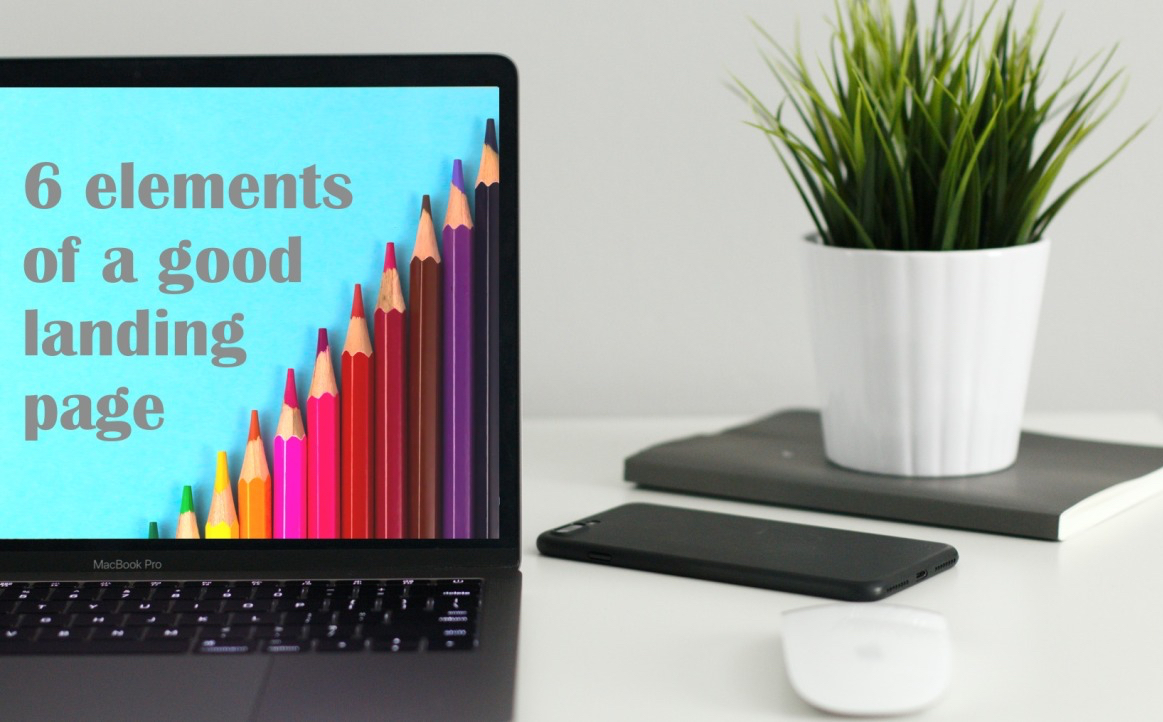
What Makes a Good Landing Page?
In the digital world, your landing page serves as the first impression potential customers get of your brand or product. Visitors decide whether to engage with your content or bounce off to another site. Therefore, crafting an effective landing page is crucial for converting visitors into leads, customers, or subscribers. In this post, we’ll dive into the 6 key elements that make a landing page not just good, but great.
1. Have a Clear Headline
The headline is the first thing visitors see when they land on your page. It should be clear, concise, and directly convey the value of your offer. A good headline grabs attention and immediately informs the visitor of what they can expect. Avoid being vague or overly clever; instead, focus on being straightforward and delivering a compelling reason for visitors to stay on your page.
2. Use a Hero Image That Represents Your Offer
Visuals play a critical role in creating a strong first impression. A hero image is a large, eye-catching visual at the top of your landing page that reinforces your headline and offers. It should be relevant to your product or service, and it should resonate with your target audience. High-quality images or videos can evoke emotions, create a connection, and increase engagement with your content.
3. Write Clear and Specific Copy
Your landing page copy should be direct and to the point. Visitors should understand exactly what you’re offering, how it benefits them, and what they need to do next. Use simple language and avoid jargon that could confuse or alienate your audience. Every word on your landing page should serve a purpose: to persuade visitors to take the desired action.
4. Minimize Form Fields
When asking visitors to fill out a form, it’s tempting to gather as much information as possible. However, lengthy forms can be a major barrier to conversion. Each additional field can cause friction, leading to higher abandonment rates. Keep your forms as short as possible—only ask for the information you absolutely need.
5. Minimize the Number of Call-to-Action Buttons
A good landing page should have one primary goal, and your call-to-action (CTA) buttons should reflect that. Too many options can overwhelm visitors and reduce the likelihood of them taking any action at all. Focus on a single, clear CTA that directs visitors toward your desired outcome, whether that’s signing up for a newsletter, downloading a free resource, or making a purchase.
6. Eliminate Page Navigation
Navigation menus are essential for most websites, but they can be detrimental on a landing page. The goal of a landing page is to keep visitors focused on the task at hand, whether it’s filling out a form or clicking a CTA button. Navigation menus and links can distract visitors and lead them away from the conversion goal. By removing unnecessary navigation, you help keep visitors’ attention where you want it—on the action you want them to take.